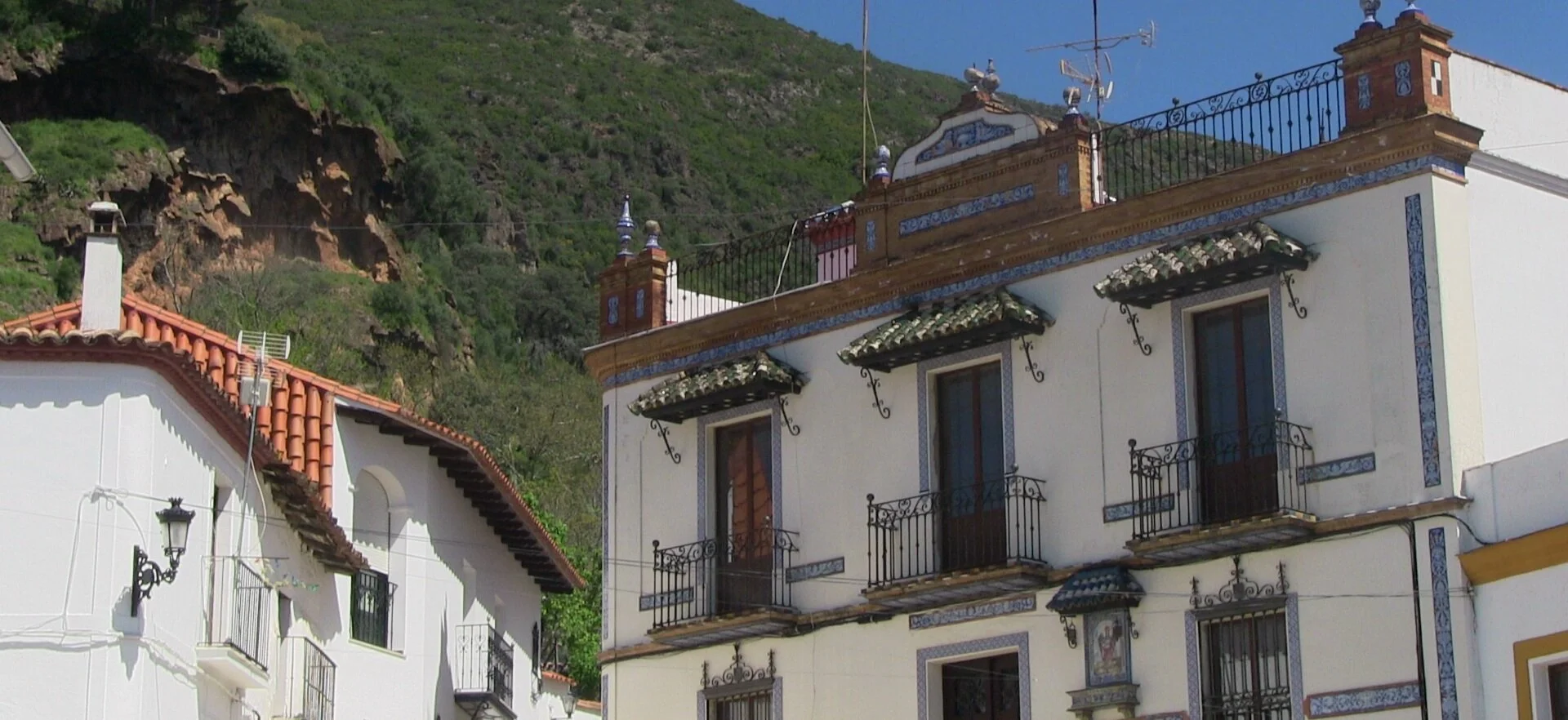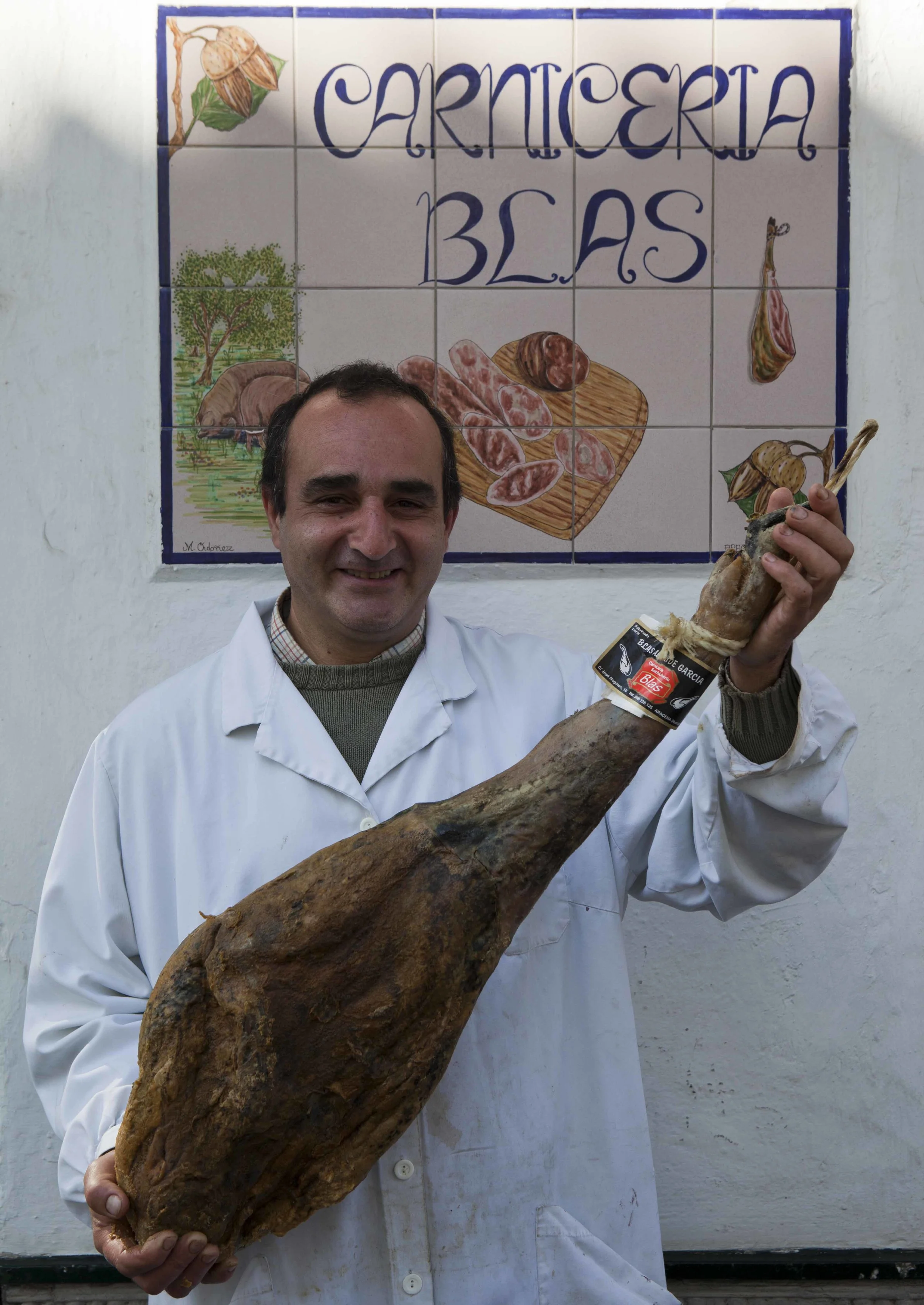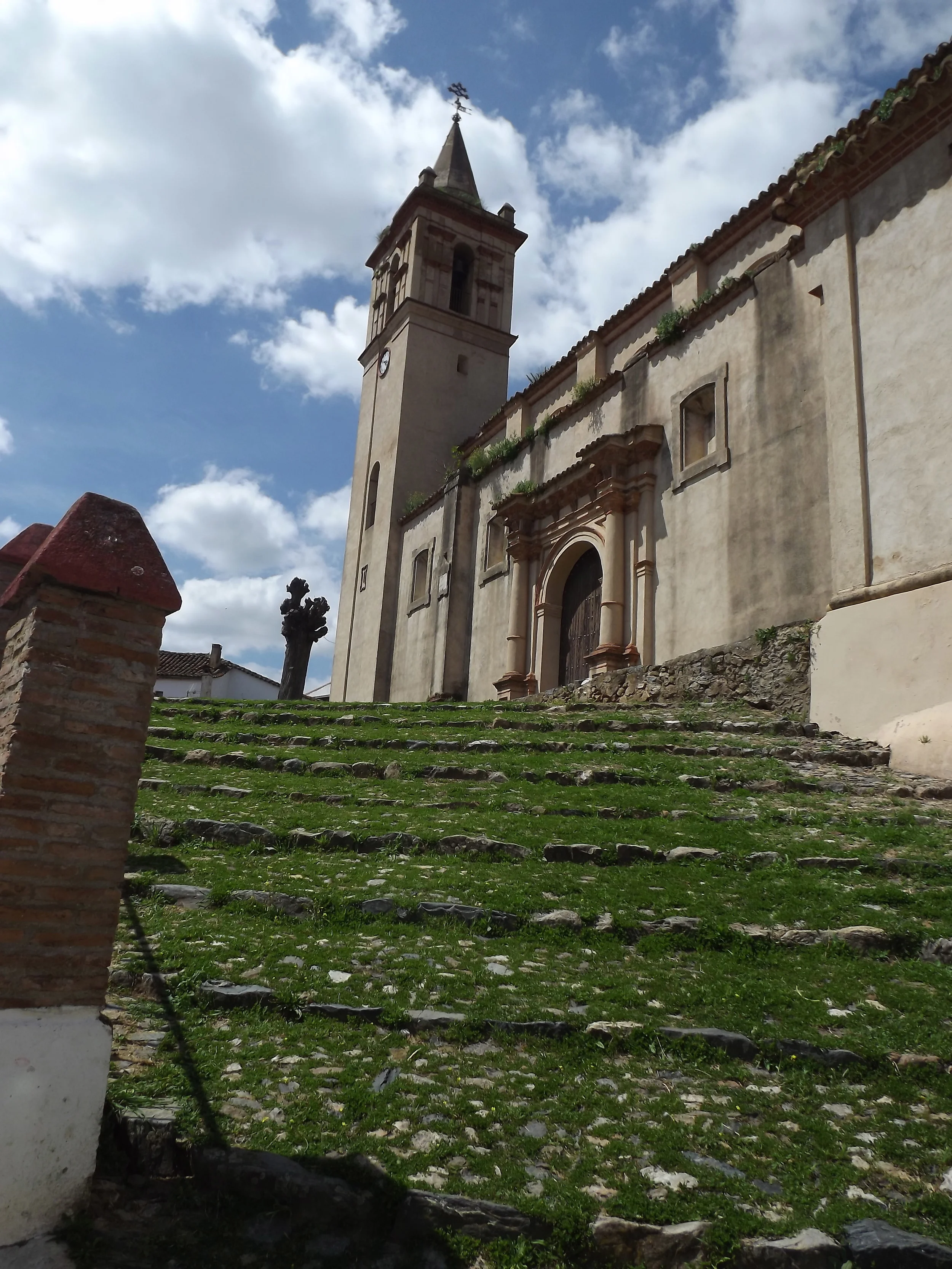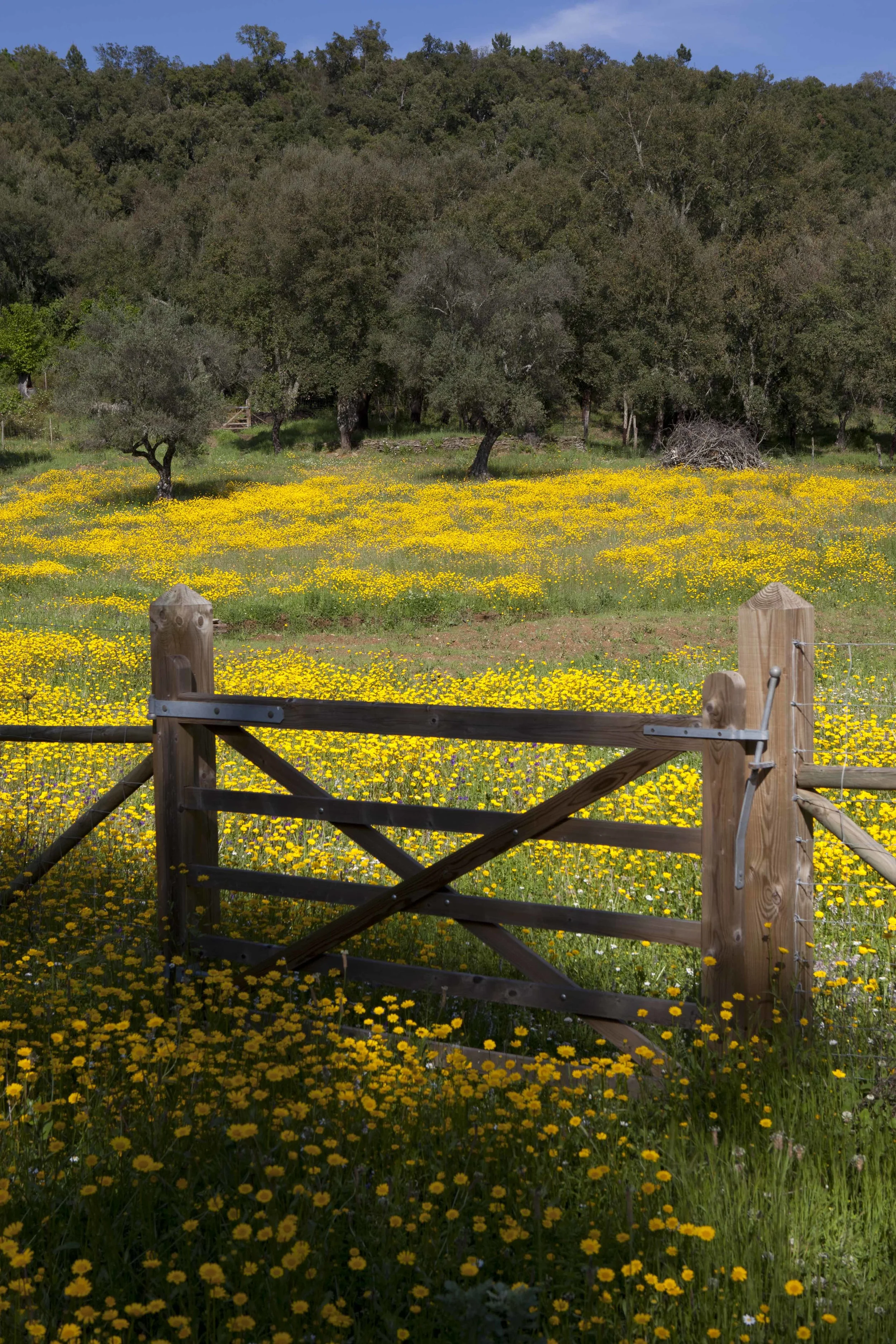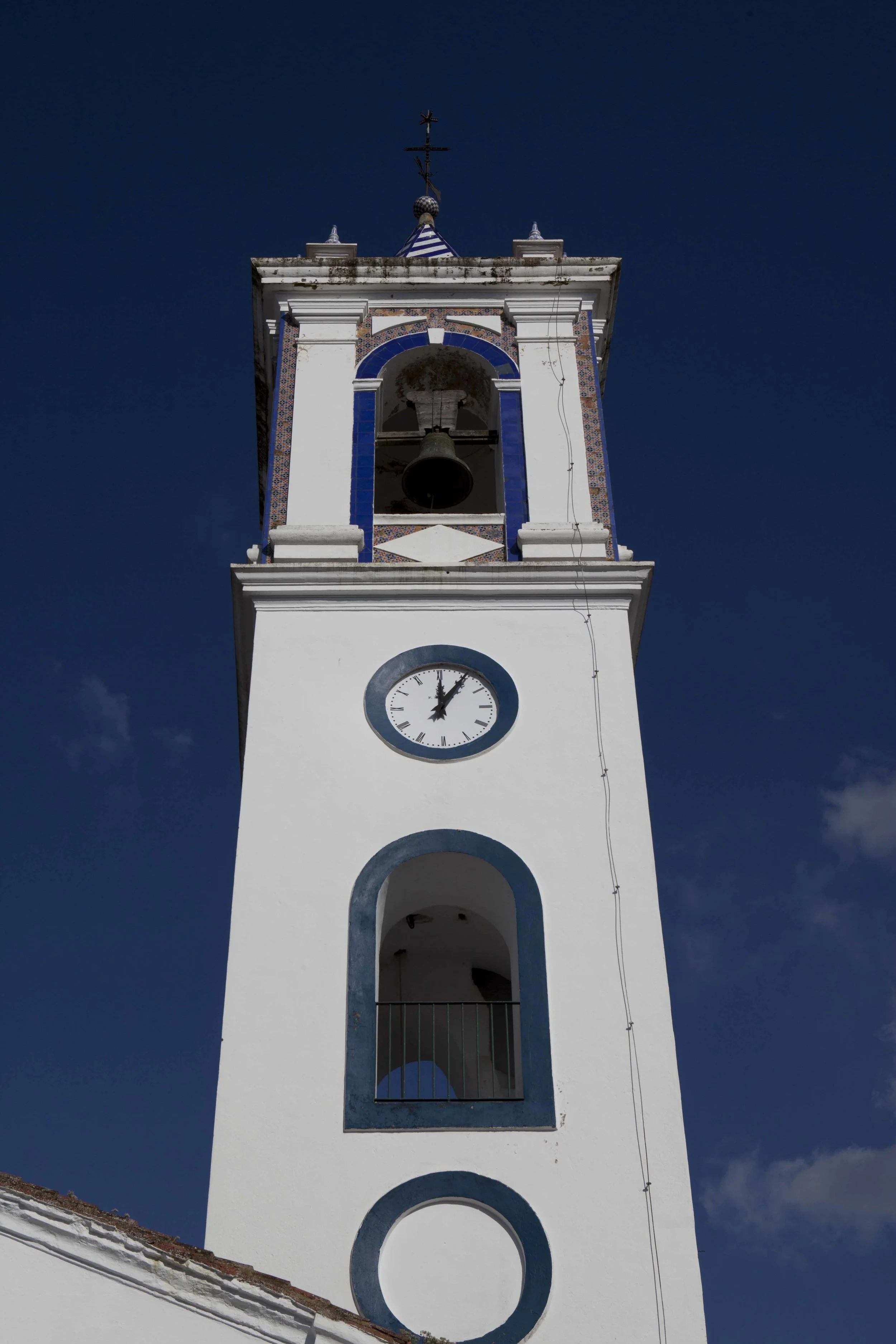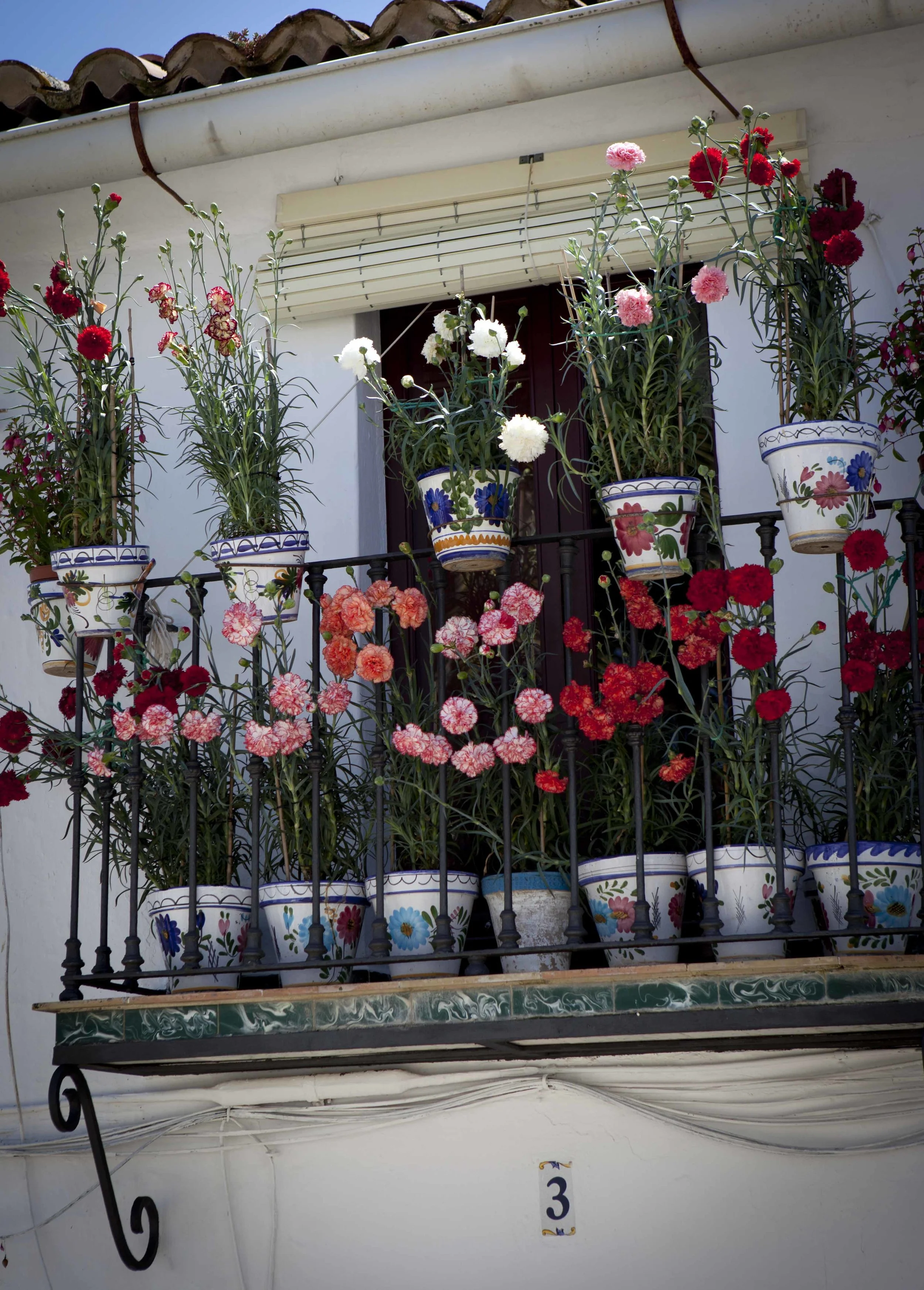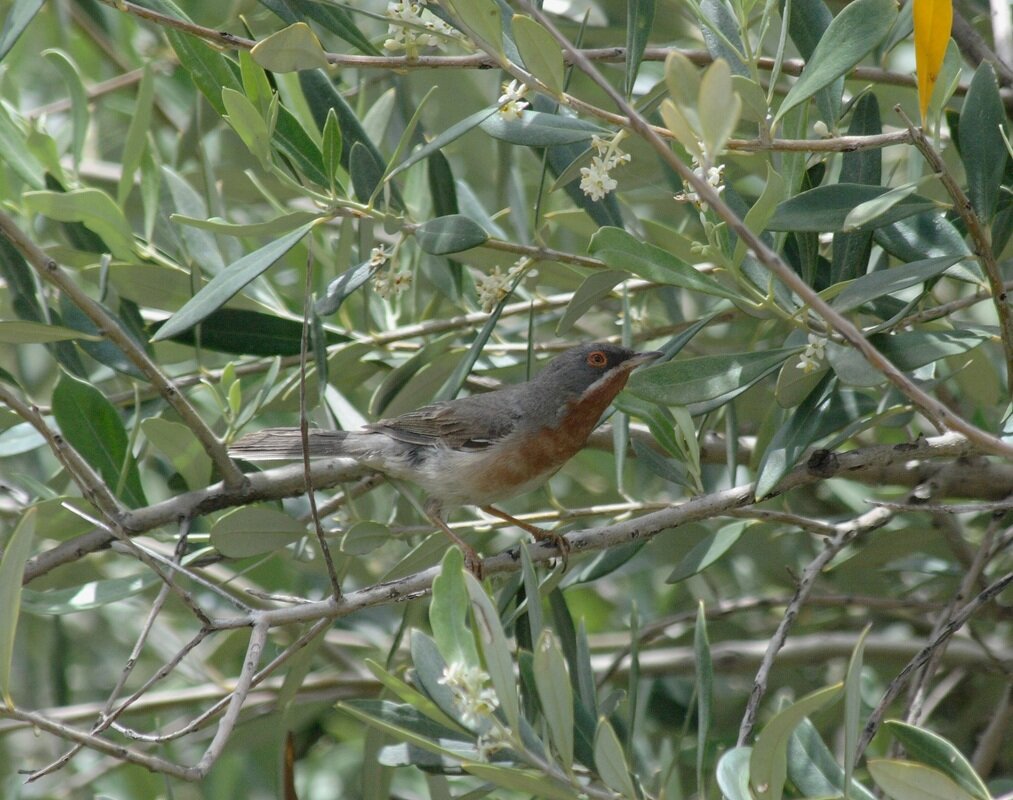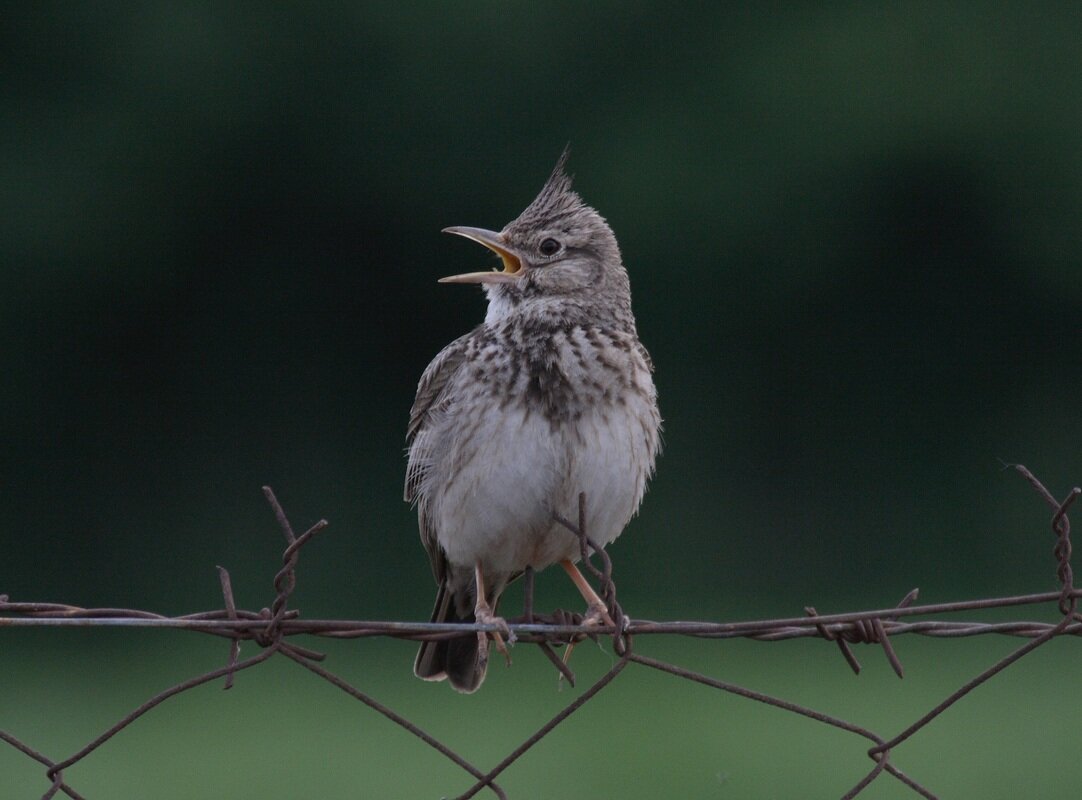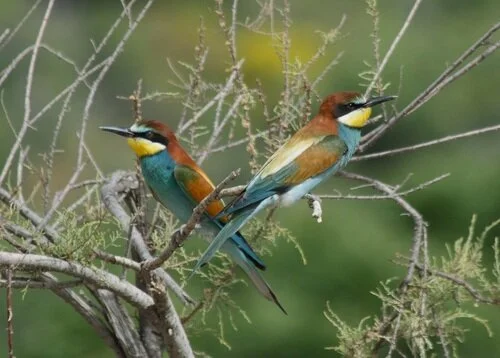Things To Do And See
Discover the nearby area, villages and attractions close to our Bed & Breakfast near Aracena, Seville, Andalucia, Spain in the Sierra de Aracena National Park. Set amongst a chestnut and cork-oak forest we operate as a family B&B and self-catering holiday cottages. We run cookery courses, photography courses, creative writing retreats and fitness retreats. Hiking trails and stunning views.
Close to Finca Buenvino – Los Marines, Fuenteheridos, Aracena National Park, Picos de Aroche, Huelva Province.
Things to do and see
What to do in Aracena and the local area.
Aracena Caves of Wonders
The Caves of Wonders were discovered in 1886 and are some of the biggest and the most beautiful in Western Europe. Said to have been discovered by a swineheard, searching for a lost pig, the cave complex was first opened for tourists in 1914, after the Marques de Aracena had installed the first simple electric lighting system. The caves lie deep inside the hill on which the castle church is built and where the ruins of the old fortress can be found. The beauty of its lakes, the spaciousness of its cathedral-like chambers and the marvellous colours of its wide variety of stalactites and stalagmites form something altogether singular, which deserves the name ‘Las Grutas de las Maravillas’. As the brochure says, ‘water has written a poem through the silence and slowness of the centuries.'
To book the following activities, click on the links below:-
Book a visit to the famous Cinco Jotas ham curing cellars
(Ask for times of visits in Spanish, English, or German)
Visit the makers of Richard Chocolate in Aracena and see the process from Bean to Bar.
Take a tasting of sheep and goat cheeses, or visit the Monte Robledo goat farm
Walks, Wildflowers and Birds
During the birdsong and wild flower season (April-June) the climate is mild and perfect for walking. Sometimes, of course it might rain; spring in the mountains is unpredictable, but the beauty of flowers and foliage is achieved with a mix of sunshine and showers.
Walking in the Sierra de Aracena is starting to be popular with weekenders from Seville, but you will generally find yourselves alone on your trail. The beautiful nature reserve we live in is made up of of hills, thickly-wooded with sweet chestnut and cork oak; small groves of olives or walnuts; orchards of apples, plums, peaches, figs and pears, and lovely lakes. In other words, it's idyllic. The wild rocky escarpments are covered in cistus and heather and stone-walled mule tracks make meandering from village to hamlet a delight. There is a wonderful variety of wildlife and the house itself has a stunning hill-top location overlooking the green and blue hills of the Sierra de Aracena. We advise you to bring the brilliant Discovery Walking Guide and Maps for Aracena or else use Guy Hunter-Watts' excellent book, Walking in Andalucia which has several local walks and is good for other areas of Andalusia.
Although some of the walks involve a steep climb there are also others through wooded valleys with streams, where, in season, nightingales sing their hearts out day and night.
Paul Sterry's "Birds of the Mediterranean" is a useful volume and it's also a good idea to have a copy of"Flowers of the Mediterranean" by Oleg Polunin and Anthony Huxley, (or perhaps a slimmer volume you can slip into a knapsack).
Flowers will come out earlier or later at different altitudes, but you will find the various cistus flowers; Albidus, Ladanifer, Clusii, or Populifolius, as well as tiny wild gladiolus, scabious, arenaria, pimpernels (red and blue), poppies, viper's bugloss, fumitory, euphorbias of various kinds, and of course, our rabbit-eared French lavender. Various brooms, yellow and white are to be found in drifts on the hills, and barbary nuts and tall blue Iris, carpet the fields around the lake, or stand stately beside the asphodels. There are also pink phlomis purpurea and the pale blue teuchrium fruticans and many more flowering plants too numerous to mention here.
Birds seen and heard at Finca Buenvino include: the red-legged partridge, the white stork, Short-toed Eagle, the booted eagle, Griffon Vulture, the Golden Oriole, Iberian Green Woodpecker and many more.
Nearby Restaurants
Although dinner is always available at the Finca, sometimes guests enjoy eating out locally.
Fuenteheridos (2.5 km)
Biarritz, just off the main square. Local Iberian pork dishes.
Aracena (8 km)
Jose Vicente opposite the park in Avenida de Portugal. Great food and good wine list.
Montecruz in Plaza San Pedro, in winter this is the place to go for venison or wild boar dishes.
Jesus Carrión, near the caves, has a modern take on Andalusian traditional dishes.
The cosy family-run El Postigo, below the bullring has a lively local atmosphere and good food.
Vita Vinum, in Calle San Jose, is small but perfect.There are outside tables under the trees, close to the entrance to the grottoes. Delicious food and good wines.
Linares de la Sierra (8 km)
Los Arrieros, famous for their modern take on local specialties, Michelin recognised.
Alajar (7 km) Bar la Placita is the place to go for when you have a hankering for simple wood-fire cooked pizzas. They have music nights too.
El Padrino, behind the church is located in a wonderful old building, a former posada, with stabling below and a courtyard full of feathered friends behind. In winter a log fire blazes art the end of the room.
Higuera de la Sierra (15 Kms)
Restaurante Jacaranda, in the Plaza Consitución, delicious food in a typical locally flavoured establishment. Eat on the street terrace, in the little salt, or in the homey dining room decorated in pale colours.
Places to visit in Seville
You can hire a carriage from outside the cathedral to get a first view of the major sights, among them, the Cathedral, the Maria Luisa Park and the Plaza de España. For visitors, it’s a perfect way of killing the hour of the siesta, when the shops are closed and lunch is being digested behind the shuttered windows of the ancient houses!
La Catedral de Santa María de la Sede (The Cathedral)
Santa Cruz
Alcázares Reales
Plaza de España
La Giralda (The Cathedral Bell Tower)
Torre del Oro (Gold Tower)
Itálica
Located north of the modern day Santiponce, 9 km NW of Seville was founded in 206 BC by the Roman general Publius Cornelius Scipio Africanus in order to settle Roman soldiers wounded in the Battle of Ilipa, where the Carthaginian army was defeated during the Second Punic War. The name Italica bound the colonia to their Italian origins. A shift of the river bed, probably due to silt build up that followed removal of the forest cove, left Italica isolated and literarily high and dry. As no modern city was built over Italica there is an unusually well-preserved Roman city with treasures on display in the Museo Arqueologico of Seville including the famous marble colossus of Trajan. Italica was the birthplace of Roman emperor Trajan. Emperor Hadrian added temples, including a Trajaneum and rebuilt public buildings. Italica’s amphitheatre seated 25,000 spectators and was the third largest in the Roman Empire.
